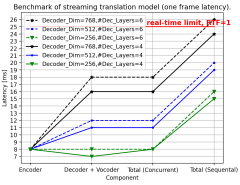Authors: Nicholas Cox, Joseph Murray, Joseph Hart, Brandon Redding
Published on: April 10, 2024
Impact Score: 8.0
Arxiv code: Arxiv:2404.07116
Summary
- What is new: Introduces a novel photonic next-generation reservoir computer (NG-RC) that bypasses limitations of prior models by avoiding the need for a nonlinear physical cavity.
- Why this is important: Existing photonic RCs are hampered by limited control over memory structures and long warm-up times due to reliance on a nonlinear physical cavity.
- What the research proposes: A new photonic NG-RC using a fiber optic platform to generate feature vectors from nonlinear combinations of input data with varying delays, utilizing Rayleigh backscattering for output.
- Results: Achieved state-of-the-art performance on observer tasks with systems like Rössler, Lorenz, and Kuramoto-Sivashinsky, demonstrating scalability, low latency, and low power consumption.
Technical Details
Technological frameworks used: nan
Models used: Reservoir computing (RC), Photonic next-generation reservoir computing (NG-RC)
Data used: Input data for dynamical systems analysis (Rössler, Lorenz, Kuramoto-Sivashinsky systems)
Potential Impact
High-speed data analysis markets, telecommunications companies, and sectors requiring low-latency, energy-efficient computing solutions.
Want to implement this idea in a business?
We have generated a startup concept here: OptiDynamics.



Leave a Reply